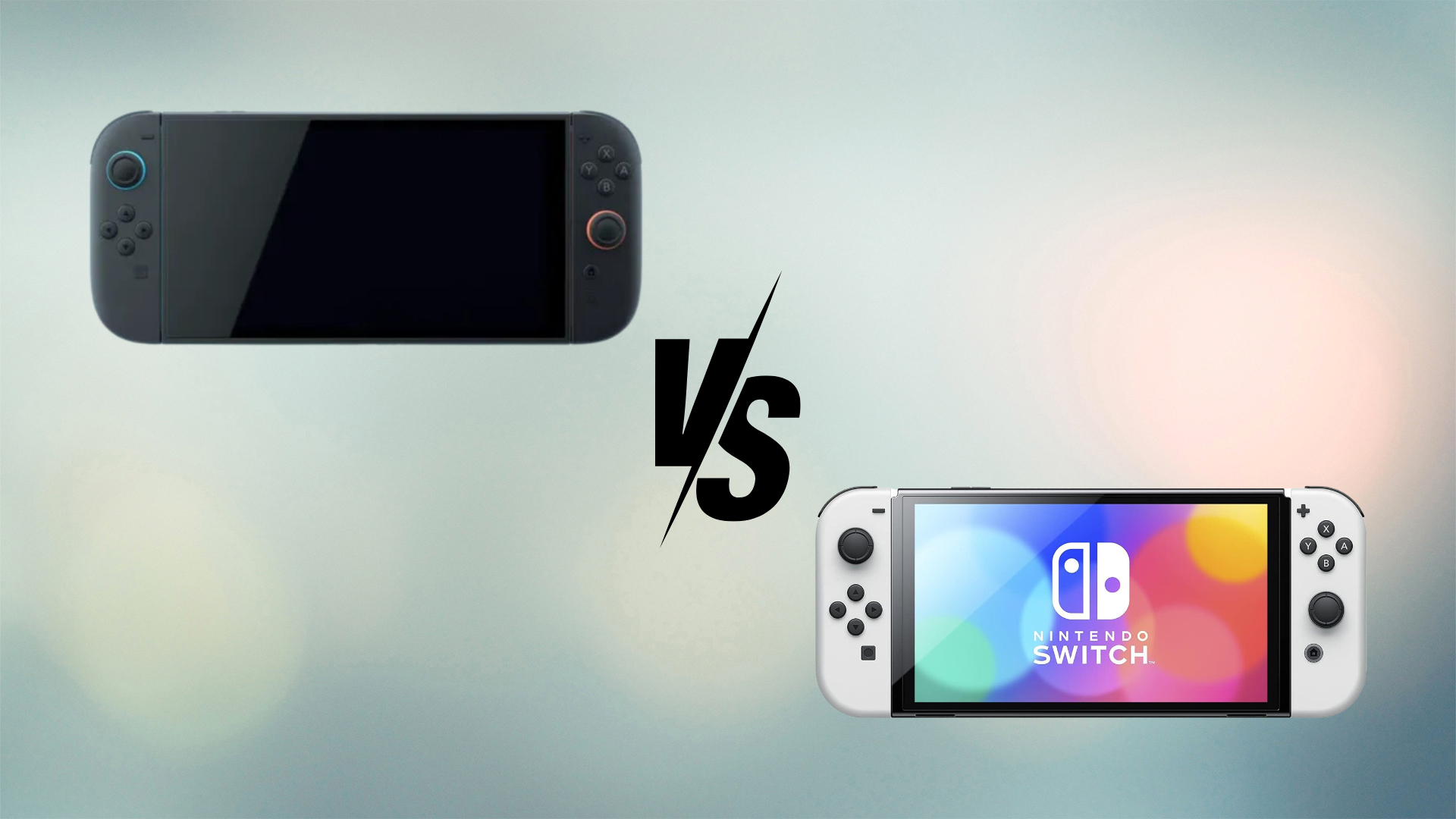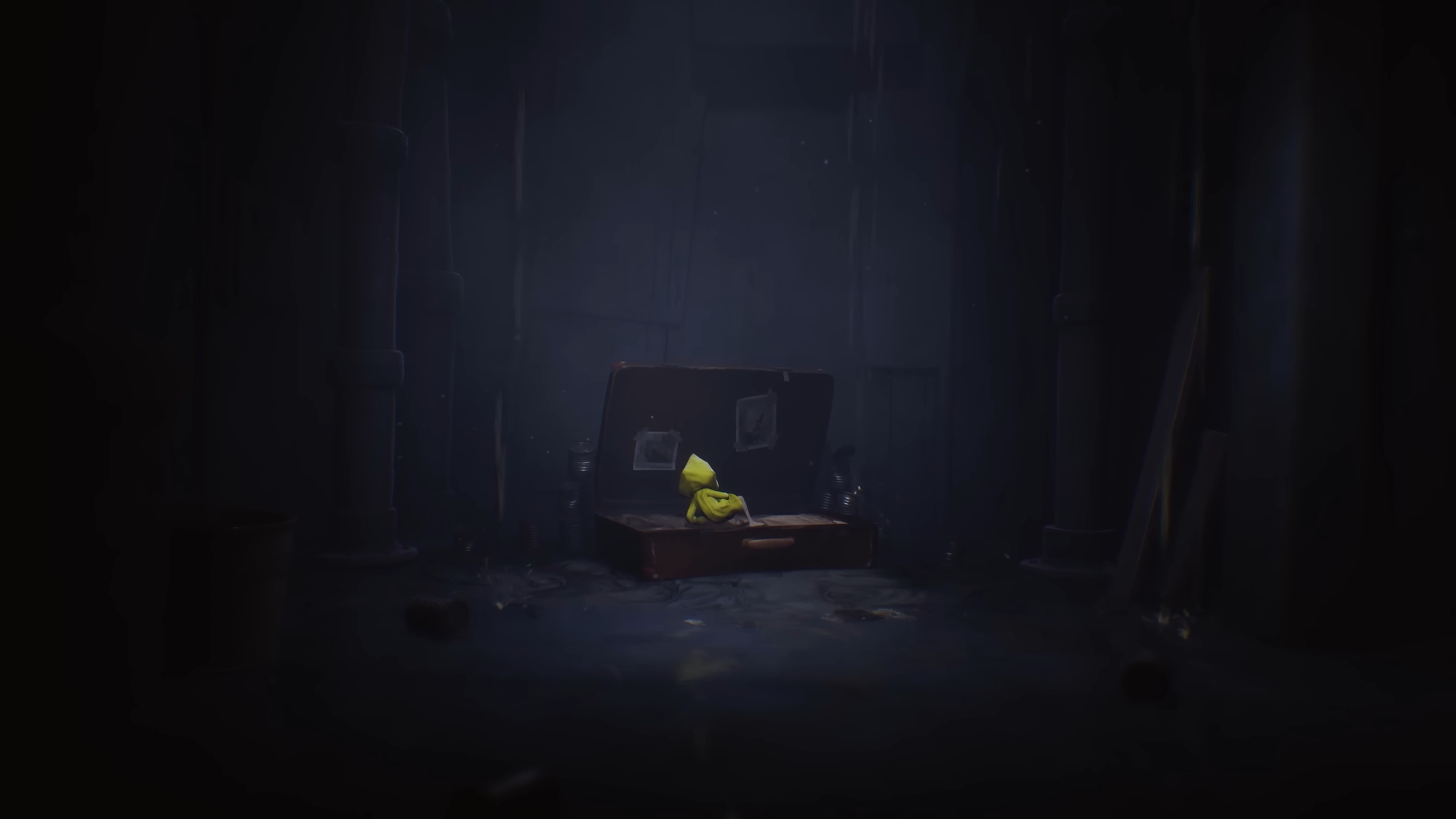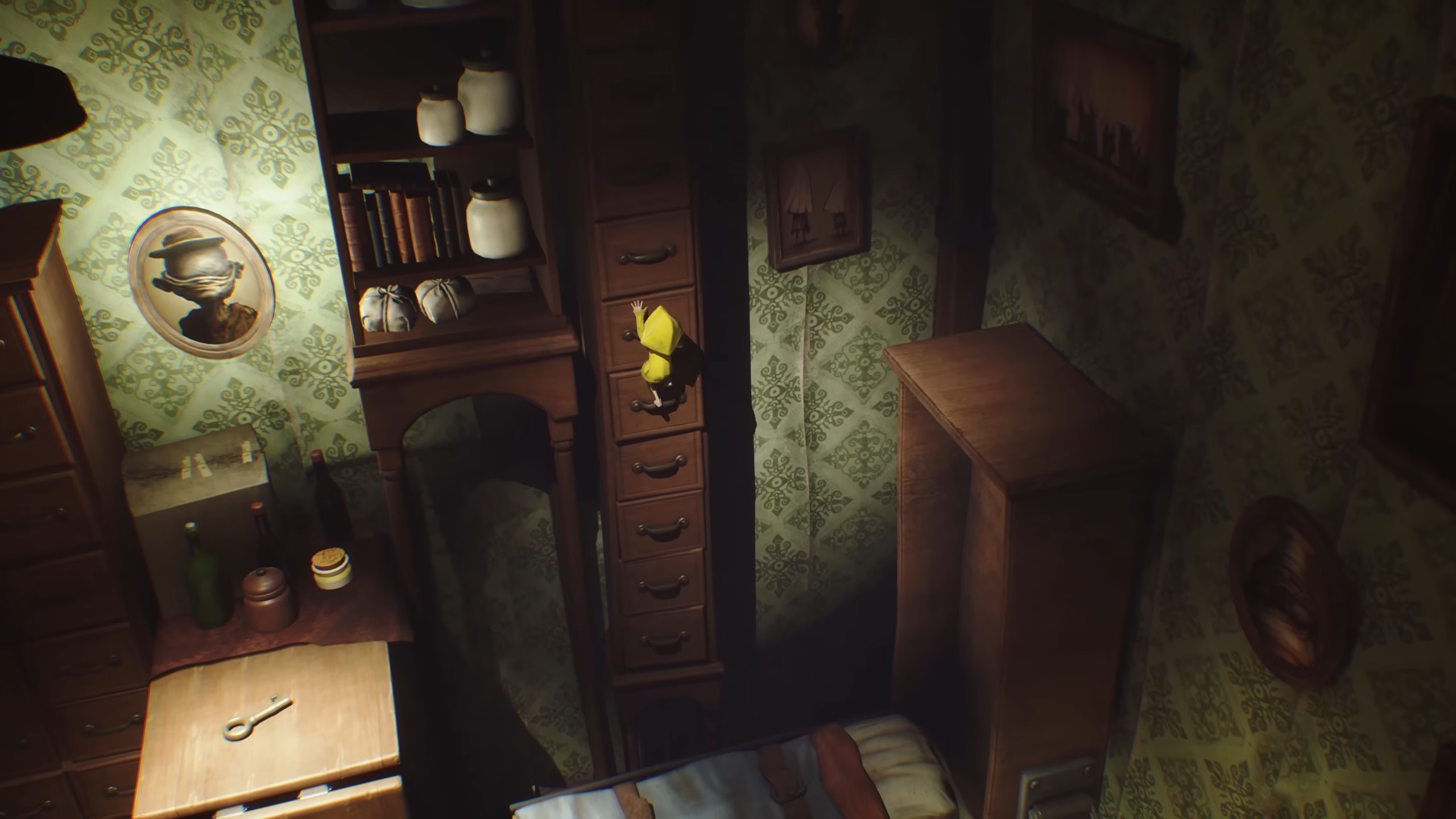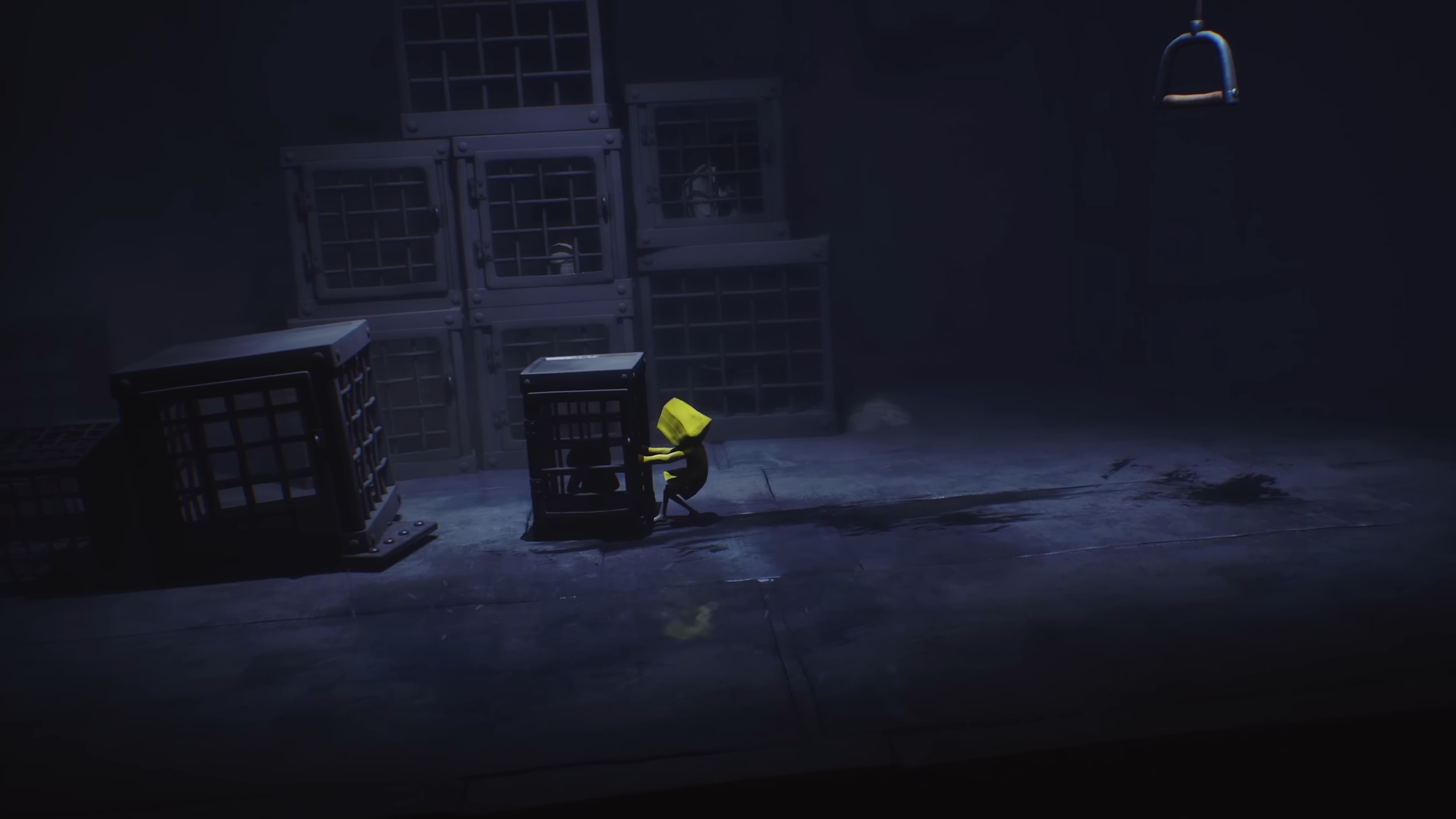Read all about Nintendo Switch 2 vs Nintendo Switch OLED as we compare them on the basis of design, performance, and much more.

Fans and experts have been pondering about the Nintendo Switch 2 handheld console. People are also curious about how it measures up to the Switch OLED.
Thursday, January 16, saw Nintendo officially unveil the reveal trailer for this new device, giving us a tantalizing glimpse of what’s in store. And, on April 2nd, they revealed the console in all its glory. The specifications give the majority of the story away. But there is a lot more to cover here. So, let’s get started with the comparison of Nintendo Switch 2 vs Switch OLED.
Nintendo Switch 2: First Look
The Nintendo Switch 2 seems like a winner at first glance, having the same beloved functionalities as its predecessor but with significant improvements. With a larger display and wider design, it will be easier to hold for a more immersive gaming experience. It will be ergonomically rounded, with magnetic Joy-Cons that provide greater versatility. While the reveal primarily focused on the console’s design elements, the launch event shed light on the technical specifications of the console.
Key Specifications
| Specification | Details |
|---|---|
| Size | Approximately 4.5″ (H) x 10.7″ (W) x 0.55″ (thick with Joy-Con™ 2 attached); maximum thickness (from control sticks to ZL/ZR buttons) is 1.2″ |
| Weight | ~0.88 lbs (standard); ~1.18 lbs (with Joy-Con™ 2 attached) |
| Screen | Capacitive touch; 7.9-inch wide color gamut LCD; 1920×1080 pixels; HDR10 support; VRR up to 120 Hz |
| CPU/GPU | Custom processor made by NVIDIA |
| Storage | 256 GB UFS (with a portion reserved for system use) |
| Connectivity | Wireless LAN (Wi‑Fi 6) and Bluetooth; in TV mode, wired LAN connectivity via dock |
| Video Output | HDMI in TV mode: up to 3840×2160 (4K) @ 60 fps; supports 120 fps at 1920×1080/2560×1440 resolutions; handheld/tabletop mode max is 1920×1080 |
| Audio Output | Linear PCM 5.1‑channel via HDMI; surround sound effects available on headphones or built‑in speaker (system update required for speaker effect) |
| Speakers | Stereo with an independent enclosure structure for clear, natural sound |
| Microphone | Built‑in monaural mic with noise cancellation, echo cancellation, and auto gain control |
| Buttons | POWER and volume buttons |
| USB‑C Ports | 2 USB‑C Ports: bottom port for charging/dock connection and top port for accessories and/or charging |
| Audio Jack | 3.5mm 4‑contact stereo mini‑plug (CTIA standard) |
| Game Card Slot | Accepts both Nintendo Switch 2 and Nintendo Switch game cards |
| microSD Express Slot | Compatible with microSD Express cards (up to 2 TB); non‑compatible cards can be used only to copy screenshots and videos |
| Sensors | Accelerometer, gyroscope, and mouse sensor in Joy‑Con™ 2 controllers; brightness sensor in the console |
| Operating Environment | 41‑95°F (operating temperature); 20‑80% humidity |
| Internal Battery | Lithium‑ion battery rated at 5220 mAh |
| Battery Life | Approximately 2 – 6.5 hours (varies with the games played) |
| Charging Time | Approximately 3 hours (when the console is in Sleep mode) |
Initial Thoughts
The new device looks to be a massive upgrade, but some gamers may hold off on buying it on release day based on the price tag. The price for the Switch 2 is $449.99. This increase in price is a testament to its superior performance. With the Nintendo Switch 2 sharing the same appearance as the current Switch OLED model, it’s unclear which is the better option. The Switch OLED is still a great handheld, too. It is capable of providing a great experience to casual as well as budget-conscious gamers.
Preorders were scheduled to begin by April 9th 2025. However, Nintendo has decided to postpone it due to tariff concerns.
Nintendo Postpones Switch 2 Preorders Due to Tariff Concerns
We found out more detailed information on the new console during Nintendo’s Switch 2 Direct presentation on April 2. So far, the question in everyone’s mind is whether all these upgrades are worth the higher price. Is Switch OLED still a solid choice? Let us discuss this.
Nintendo Switch 2 vs Nintendo Switch OLED: Design and Build

Both the Nintendo Switch 2 and the Nintendo Switch OLED have a sleek, modern design. The Switch OLED features an OLED screen of 7 inches, more vibrant than the original model’s LCD screen, with deeper blacks and more vibrant colors. The Nintendo Switch 2 features a 7.9-inch wide color gamut LCD screen. While larger, the colors would look better on the Switch OLED. However, the Switch 2’s display has a resolution of 1920x1080p, which is superior to Switch OLED’s 1280x720p display. With a VRR of up to 120Hz, fast-paced action games look much better on the Switch 2.
So, as you can see, there are trade-offs for each side. Which console suits your needs better might come down to a matter of preference. Nintendo has introduced a new C button on the Switch 2. Using this button gives you access to a chat menu. From here, you can control various aspects of your communication settings. It also includes a tons of features to facilitate streaming on this new console.
Nintendo Switch 2 C Button Feature Explained
The Switch OLED definitely has a better build quality than the classic Switch. Its adjustable kickstand is better and more stable than the original one for tabletop gaming. The developers were expected to carry this feature over to the Switch 2. While they did so, they changed up its look. The new design has been received with mixed feelings by the community. Some fans prefer the sleek design of the OLED’s kickstand, compared to Switch 2’s blockier design. Others feel that the advantages of this design change outweigh the looks. This design change was done to reduce the console’s weight and provide more space for cables. This way, there is extra space for the battery, too.
Nintendo Switch 2 vs Nintendo Switch OLED: Performance and Graphics
The Switch OLED is a step up from the original Nintendo Switch when it comes to performance, with better graphics and smoother gameplay. The Nintendo Switch 2 was expected to advance even further. We expected Nintendo to introduce a new graphics chip that can deliver 4K output when docked. This would have been a major leap forward and also elevated popular titles to another level.
In reality, we were not too off the mark. As you can see from the specifications table above, there are quite a few upgrades in the Switch 2. The processor is a custom NVIDIA processor with dedicated RT Cores and Tensor Cores. This means that the Switch 2 is more powerful and makes use of AI-driven enhancements. Ray Tracing is also coming to the console.
Moreover, the console can be connected to a TV via an HDMI cable, and it can run games at 4K at 60 FPS. You can switch the resolution to 1920×1080 or 2560×1440 to run the game at 120 FPS instead. The sensors are pretty much the same on both consoles. Except, on the Switch 2, they have added a mouse sensor for the Joy-Con 2 controllers.
Has GTA 6 Been Confirmed for Nintendo Switch 2
As the official release date draws near, we wait for performance benchmarks on the Switch 2. These benchmarks will help us quantify the performance difference between it and the Switch OLED.
Nintendo Switch 2 vs Nintendo Switch OLED: Battery Life

Battery life has been one of the proud features of all Switch models. The original model of the Nintendo Switch OLED has a battery life of around 9–10 hours. This battery life is measured while you are using the console. This is an improvement over the previous model. However, it is important to remember that the actual battery life for both consoles (Switch 2 and Switch OLED) is dependent on the games you play.
Nintendo listed a 2-6.5 hours battery life for the Switch 2 on their website. This seems like a downgrade at first, till you find out that the Switch 2 has a battery of higher capacity. Smart money says that the reason for this lower battery life, despite the increased capacity, is that the console dishes out a higher performance consistently. The charging time for either console remains 3 hours, however, we expect people to start looking for good powerbanks for their new Switch 2 consoles.
Nintendo Switch 2 vs Nintendo Switch OLED: Game Library and Backward Compatibility
The Nintendo Switch OLED benefits from a vast library. This includes major titles like Zelda: Breath of the Wild and Super Mario Odyssey. The Switch 2 rides the same boat. It can run both physical and digital Nintendo Switch games. Note that not all Nintendo Switch games might be supported in the Switch 2. Additionally, players can enjoy the new Switch 2 exclusive games as well.
What is The Duskbloods? Everything We Know About Nintendo Switch 2 Exclusive Title From Elden Ring Director
The upgrade to storage space is massive in the Switch 2. Compared to 65GB on the Switch OLED, the Switch 2 features a 256 GB storage. This upgrade will allow for a much larger library on the console. It makes for a great feature for hardcore Nintendo lovers.
Looking For More?
Thank you for reading the article. We provide the latest news and create guides for Baldur’s Gate 3, Starfield, ARK Survival Ascended, and more. Also, watch Deltia play games on Twitch or visit his YouTube channel!
 Reddit
Reddit
 Email
Email


